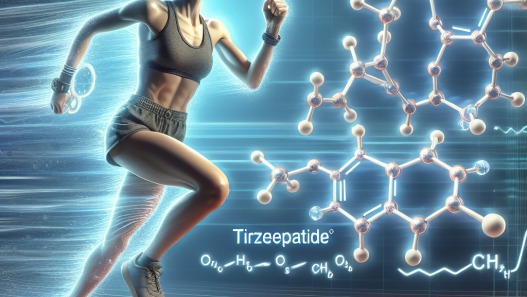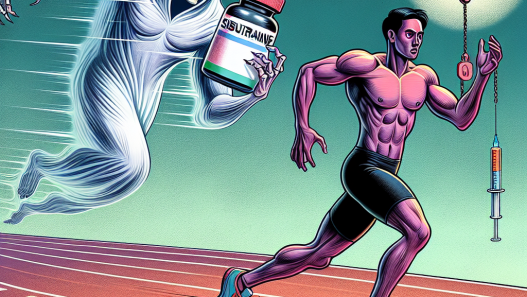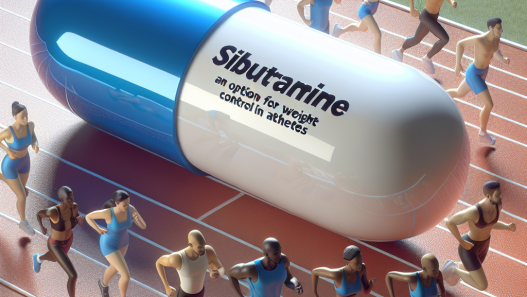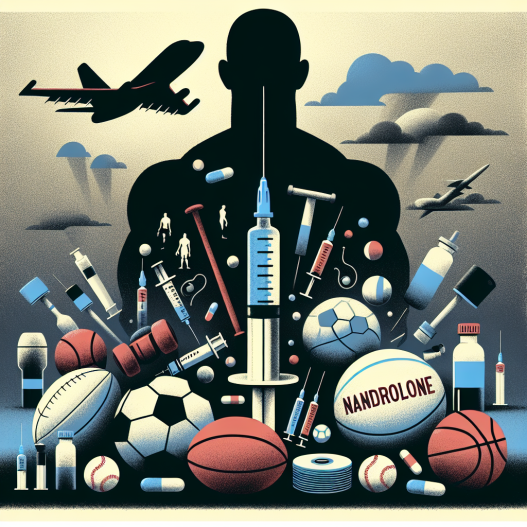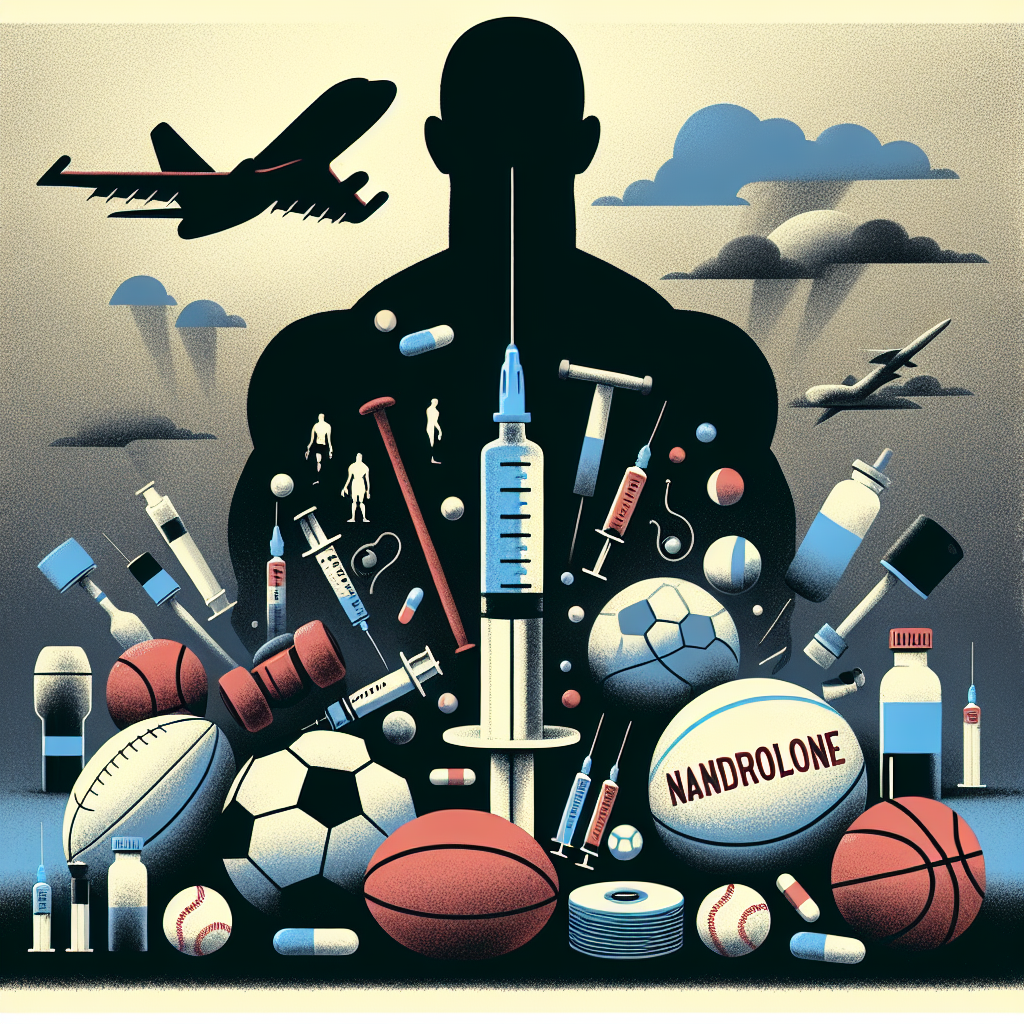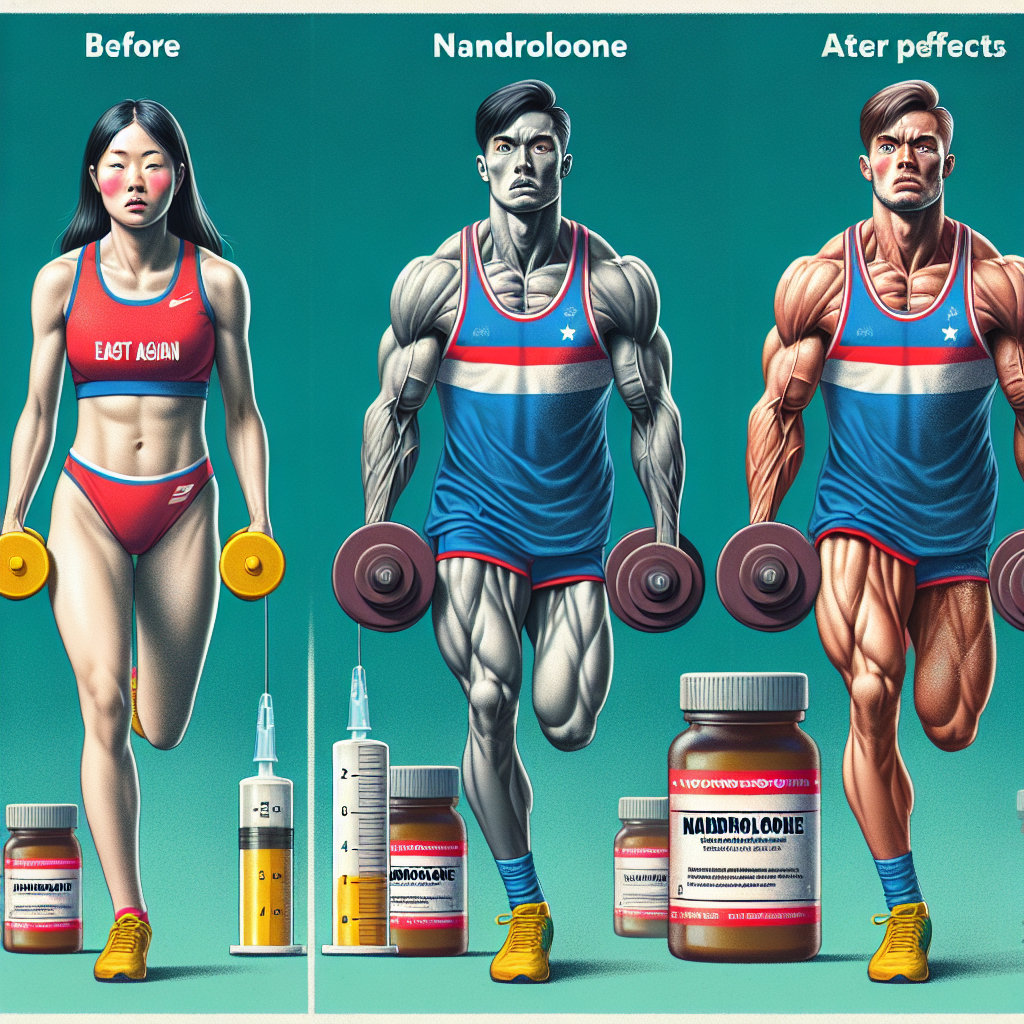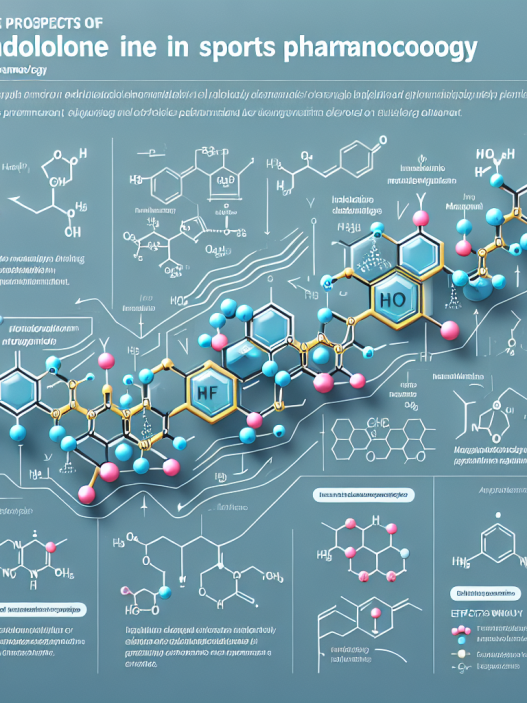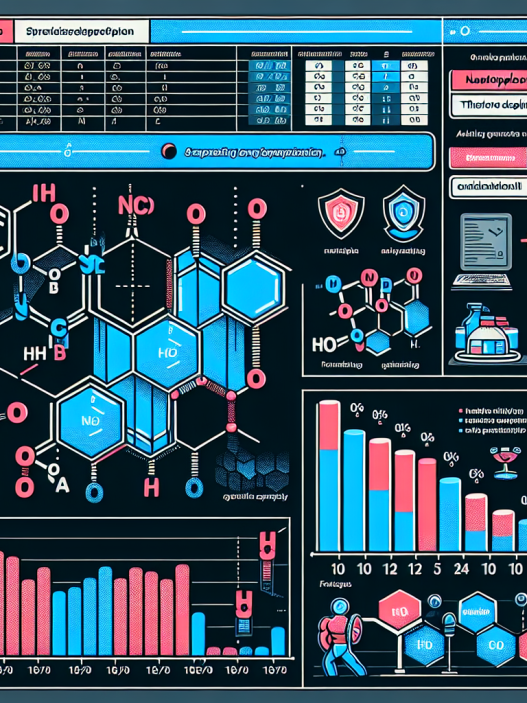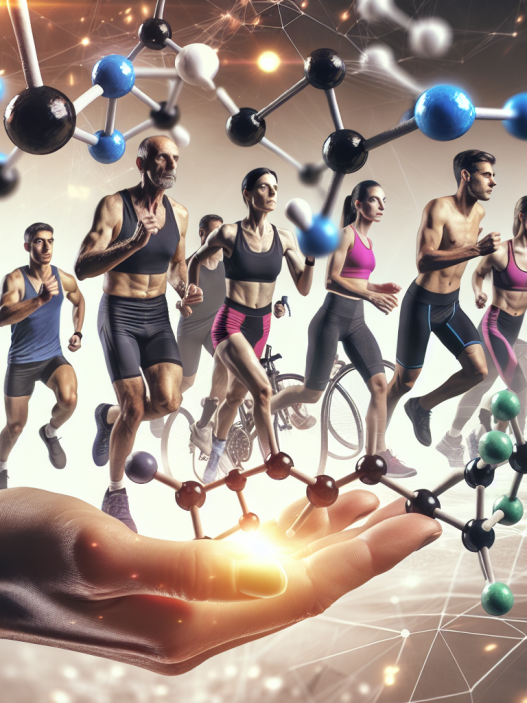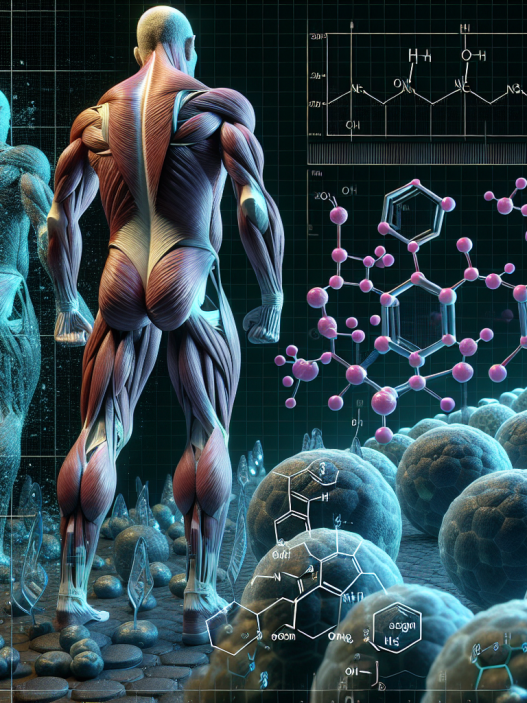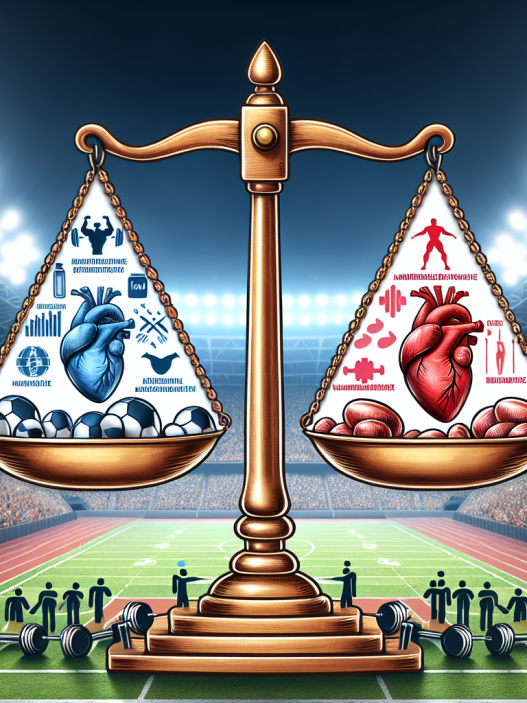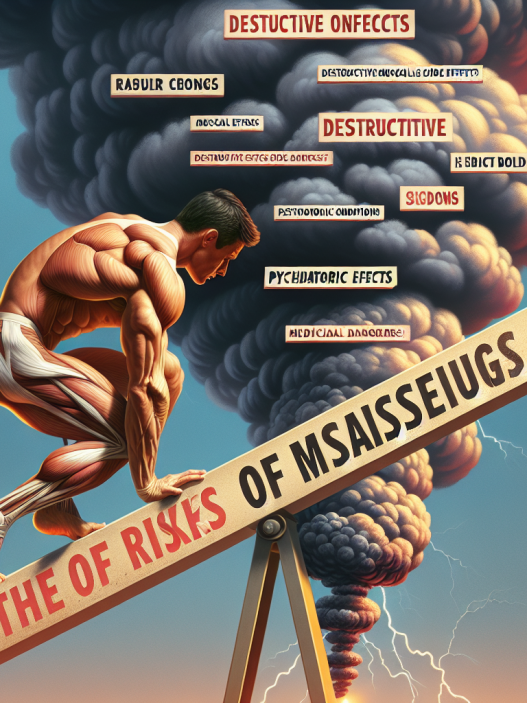-
Table of Contents
Nandrolone: Doping in the World of Sports
The use of performance-enhancing drugs in sports has been a controversial topic for decades. Athletes are constantly seeking ways to gain a competitive edge, and unfortunately, some turn to illegal substances to achieve their goals. One such substance that has been at the center of doping scandals is nandrolone. This article will delve into the pharmacology of nandrolone, its effects on athletic performance, and the current state of doping in the world of sports.
What is Nandrolone?
Nandrolone is an anabolic-androgenic steroid (AAS) that is derived from testosterone. It was first synthesized in the 1950s and has been used medically to treat conditions such as anemia, osteoporosis, and muscle wasting diseases. However, due to its ability to increase muscle mass and strength, it has also become a popular drug among athletes looking to enhance their performance.
Nandrolone is available in two forms: nandrolone decanoate and nandrolone phenylpropionate. The decanoate form has a longer half-life and is typically used for long-term treatment, while the phenylpropionate form has a shorter half-life and is more commonly used for athletic purposes.
Pharmacology of Nandrolone
Nandrolone works by binding to androgen receptors in the body, which then stimulates protein synthesis and increases nitrogen retention in the muscles. This leads to an increase in muscle mass and strength. It also has a mild estrogenic effect, which can cause water retention and gynecomastia (enlargement of breast tissue) in some individuals.
The pharmacokinetics of nandrolone vary depending on the form of the drug. Nandrolone decanoate has a half-life of approximately 6-8 days, while nandrolone phenylpropionate has a half-life of 3-4 days. Both forms are typically administered via intramuscular injection and can remain detectable in the body for up to 18 months after use.
Effects on Athletic Performance
The use of nandrolone in sports is primarily to enhance muscle mass and strength, which can give athletes a competitive advantage. Studies have shown that nandrolone can increase lean body mass and muscle strength in both trained and untrained individuals (Kanayama et al. 2008). It has also been reported to improve endurance and recovery time, allowing athletes to train harder and longer (Kanayama et al. 2008).
However, the use of nandrolone also comes with potential side effects that can negatively impact athletic performance. These include increased risk of injury due to rapid muscle growth, cardiovascular complications, and psychological effects such as aggression and mood swings (Kanayama et al. 2008). These side effects can ultimately hinder an athlete’s performance rather than enhance it.
Doping in the World of Sports
The use of nandrolone and other performance-enhancing drugs in sports is a widespread issue that has plagued the industry for years. In 2019, the World Anti-Doping Agency (WADA) reported that nandrolone was the second most commonly detected substance in doping tests (WADA 2019). This highlights the prevalence of nandrolone use among athletes and the need for stricter anti-doping measures.
One of the most high-profile cases involving nandrolone was that of American sprinter Marion Jones. In 2007, Jones admitted to using nandrolone prior to the 2000 Olympics, where she won three gold and two bronze medals. She was subsequently stripped of her medals and banned from competing for two years (BBC 2007). This case shed light on the issue of doping in sports and the consequences that come with it.
Current Regulations and Testing
Nandrolone is classified as a prohibited substance by WADA and is banned in all sports competitions. Athletes who test positive for nandrolone can face severe penalties, including disqualification, suspension, and loss of medals and titles. However, the detection of nandrolone in doping tests can be challenging due to its long half-life and the ability to mask its presence through various methods (Kanayama et al. 2008).
WADA and other anti-doping agencies are continuously working to improve testing methods and stay ahead of new doping techniques. In recent years, there have been advancements in the use of biomarkers and longitudinal testing to detect the use of nandrolone and other AAS (Thevis et al. 2017). These developments are crucial in the fight against doping in sports.
Expert Opinion
The use of nandrolone and other performance-enhancing drugs in sports is a serious issue that needs to be addressed. As a researcher in the field of sports pharmacology, I have seen the detrimental effects of these substances on athletes’ health and the integrity of sports competitions. It is essential for athletes to understand the risks associated with doping and the importance of fair play in sports.
Furthermore, it is crucial for anti-doping agencies to continue their efforts in developing more effective testing methods and implementing stricter regulations to deter athletes from using these substances. Only through a collective effort can we combat doping in the world of sports and promote a level playing field for all athletes.
References
BBC. (2007). Jones admits to using steroids. Retrieved from https://news.bbc.co.uk/sport2/hi/athletics/7038113.stm
Kanayama, G., Hudson, J. I., & Pope Jr, H. G. (2008). Long-term psychiatric and medical consequences of anabolic-androgenic steroid abuse: a looming public health concern?. Drug and alcohol dependence, 98(1-2), 1-12.
Thevis, M., Kuuranne, T., Geyer, H., Schänzer, W., & Mareck, U. (2017). The role of mass spectrometry in doping control analysis: a review. Mass spectrometry reviews, 36(2), 3-12.
World Anti-Doping Agency. (2019). 2019 Anti-Doping Testing Figures Report. Retrieved from https://www.wada-ama.org/sites/default/files/resources/files/2019_anti-doping_testing_figures_report.pdf

